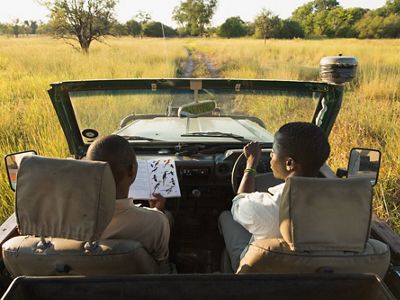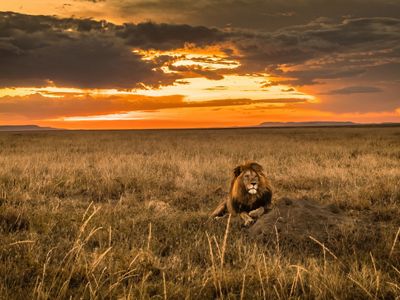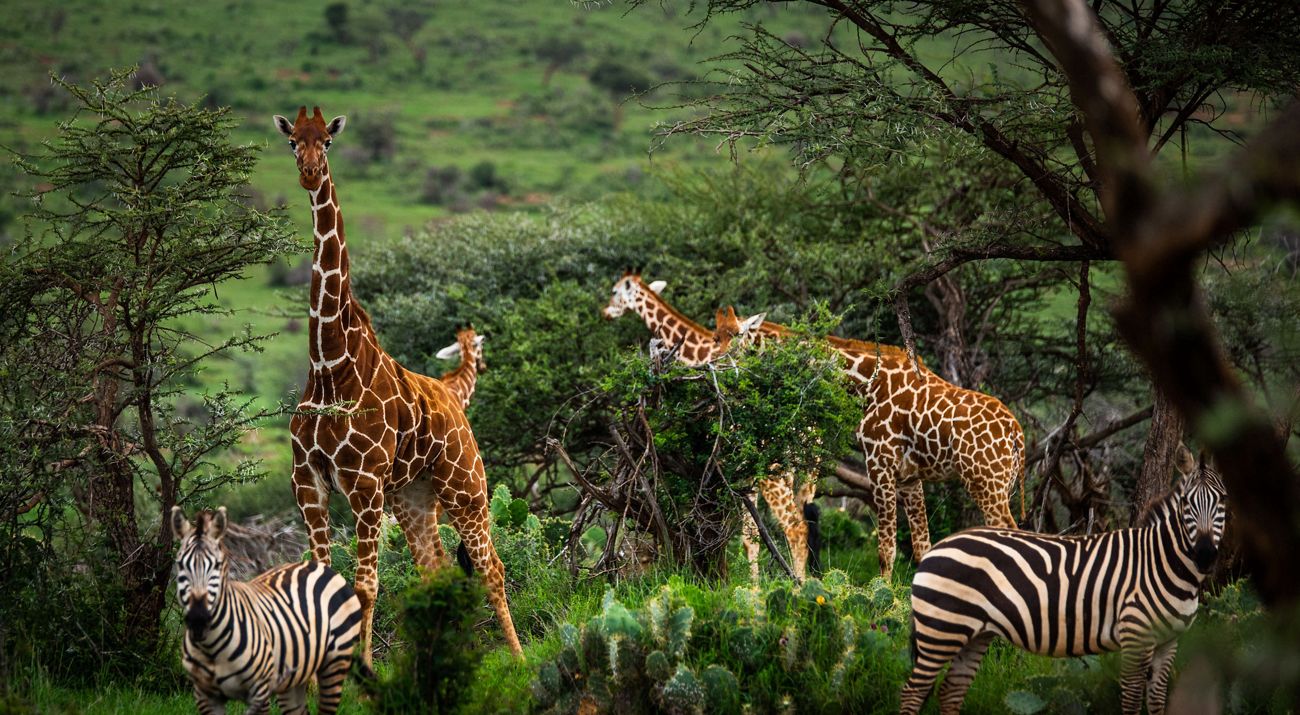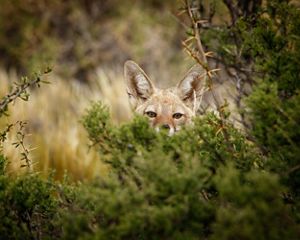Safari tourism has long been an economic boon to people living in Africa. But the suspension of flights and safari visits because of the COVID-19 pandemic has decimated this critical source of income—and devastated the wildlife conservation efforts it funds. The repercussions for flora and fauna are far-reaching. Anything with a horn or tusk is at greater risk today than yesterday.
The economic value of Africa’s national parks, reserves, and conservancies is obvious. In 2019, travel to Africa accounted for 7.1 percent of GDP, generating US$168 billion in revenue. Last year, Kenya, the continent’s fourth-largest tourism economy, had more than two million tourists. The sector now contributes 15 percent to Namibia’s GDP and 115,000 jobs, or 16 percent of total employment. The resulting revenue helps boost biodiversity. For example, in Tanzania, where tourism comprises 11 percent of the economy, 35.5 percent of land and 13.5 percent of marine areas are now protected, exceeding the goals set in Aichi Target 11 of the United Nations Convention on Biological Diversity.
But few policymakers anticipated, much less prepared for, a dramatic and immediate drop of tourism revenue. Most African reserves rely on daily entry fees to finance rangers and help protect habitat and wildlife. None of them has adequate financial reserves, endowments, or insurance to counteract a massive decline in tourism.

In the best of times, African parks—which offer visitors vast savannas or deserts, herds of regal elephants, and the fleeting glimpse of a big cat—aren’t a hard sell. Protection of these awe-inspiring natural areas is strongest when proceeds from park tourism are leveraged to boost local economies and finance livelihood programs for nearby communities. But conservation isn’t easy. Sustaining wildlife amid shifting economic realities requires sophisticated monitoring technologies and adaptive management approaches.
The economics of wildlife reserves are somewhat opaque, and few visitors to the parks and reserves understand their significance to their business models. At least half their revenue—and in some cases all of it—comes from tourism. The money is used to protect wildlife by paying operating costs, employing rangers, and maintaining security. These places are the economic lifeblood of the regions they serve. Many support local schools and health clinics and employ local people—who might otherwise work in charcoal production and bushmeat hunting—in nature-based jobs.
Our global insights, straight to your inbox
Get our latest research, insights and solutions to today’s sustainability challenges.
Sign UpBefore the COVID-19 pandemic, wildlife conservation was improving. There was less poaching, particularly for elephant ivory, according to a 2019 study in Nature Communications. But global lockdowns have led to canceled bookings, postponed tours, and a free fall in jobs, forcing people to struggle to meet basic needs. As a result of the pandemic, the World Bank expects Kenya’s economic growth to drop to 1.5 percent this year, after forecasting 6 percent growth as recently as January.
Desperate times can lead to more criminal activity, which translates into an increase in poaching for ivory and rhino horn. Despite enforcement crackdowns, the trade in animal parts is the world’s fourth-largest illicit industry, after the trafficking of drugs, weapons, and humans. As household incomes suffer, wildlife also faces the threat of bushmeat poaching for local consumption.
This was supposed to be a “super year” for biodiversity. Instead, the world is facing a shocking, real-time need for action. That is why The Nature Conservancy and other environmental NGOs are calling for 30 percent of the Earth’s surface to be protected by 2030, through the so-called 30x30 commitment.
But reaching a particular threshold will mean little without long-term enforcement and sustainable funding. To build a world in which humans “do no harm” and create space for nature to flourish, a broad swath of private protected areas—such as forests that are lightly, sustainably logged, and marine protected areas that allow only for small-scale, sustainable fishing—will also be needed.
Quote
As long as the forests and grasslands remain intact, the money will continue to flow to the local communities.
Such diversification is necessary in order to ensure fiscal and environmental health. The current crisis is in danger of setting back the conservation progress of recent decades. Governments, NGOs, and private wildlife conservancies must find ways to keep rangers employed and patrols on the ground to maintain enforcement operations in protected areas.
When the virus abates and tourism gradually recovers, we can’t be held hostage to inadequate revenue streams. One option is carbon financing. Some communities in northern Tanzania and Zambia—which have millions of tons of carbon stored in forests, grasslands, or soil—calculate and verify their totals, then sell them on international markets as carbon credits to businesses.
As long as the forests and grasslands remain intact, the money will continue to flow to the local communities. A project in the Luangwa Valley in Zambia is expected to feed $2.6 million per year to communities. In northern Tanzania, Hadza hunter-gatherers use the money to hire rangers to stop charcoal poachers, and to pay medical bills or school fees.

There are other innovative funding models. The government of Seychelles, in partnership with The Nature Conservancy (TNC), pioneered debt-conversion deals for marine conservation. In the private sector, green bonds or blue bonds (to finance maritime conservation efforts), or low-interest, green loans are helping to fund biodiversity-enhancing initiatives. Another approach is to create and enforce regulations that require industries to offset environmental degradation or harm to ecosystems. We should rethink subsidies for fishing and farming, too.
Despite its ubiquity, travel and hospitality has always been a fragile, fickle sector. Political extremism, terrorism, a global pandemic, and volcanoes are just some of the reasons that tourism is not always a stable revenue stream. Still, there is no reason that we can’t deliver net gains for nature. The continent, its inhabitants, and the world depend on it.
Originally Posted on Project Syndicate
June 11, 2020
View Original
Global Insights
Check out our latest thinking and real-world solutions to some of the most complex challenges facing people and the planet today.




